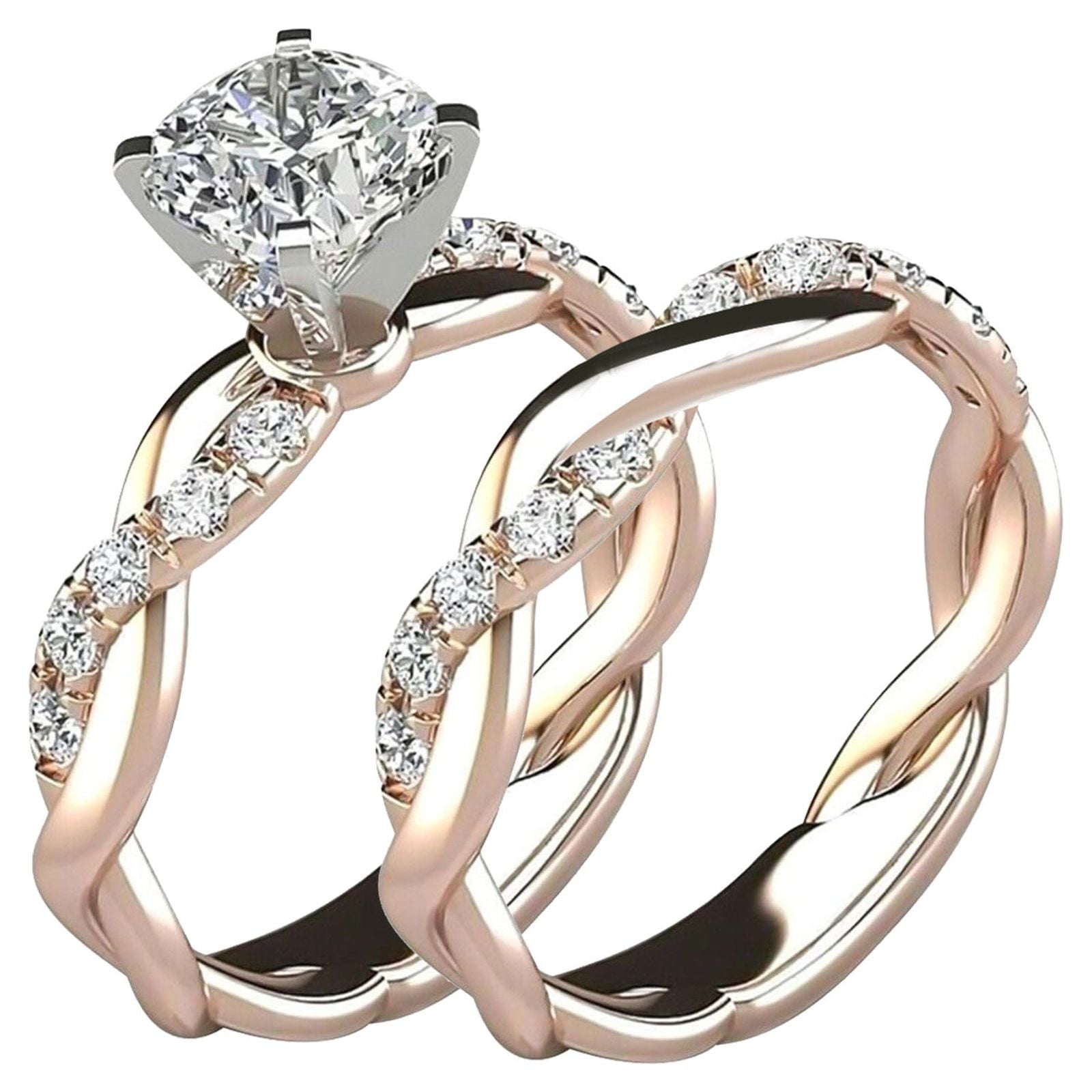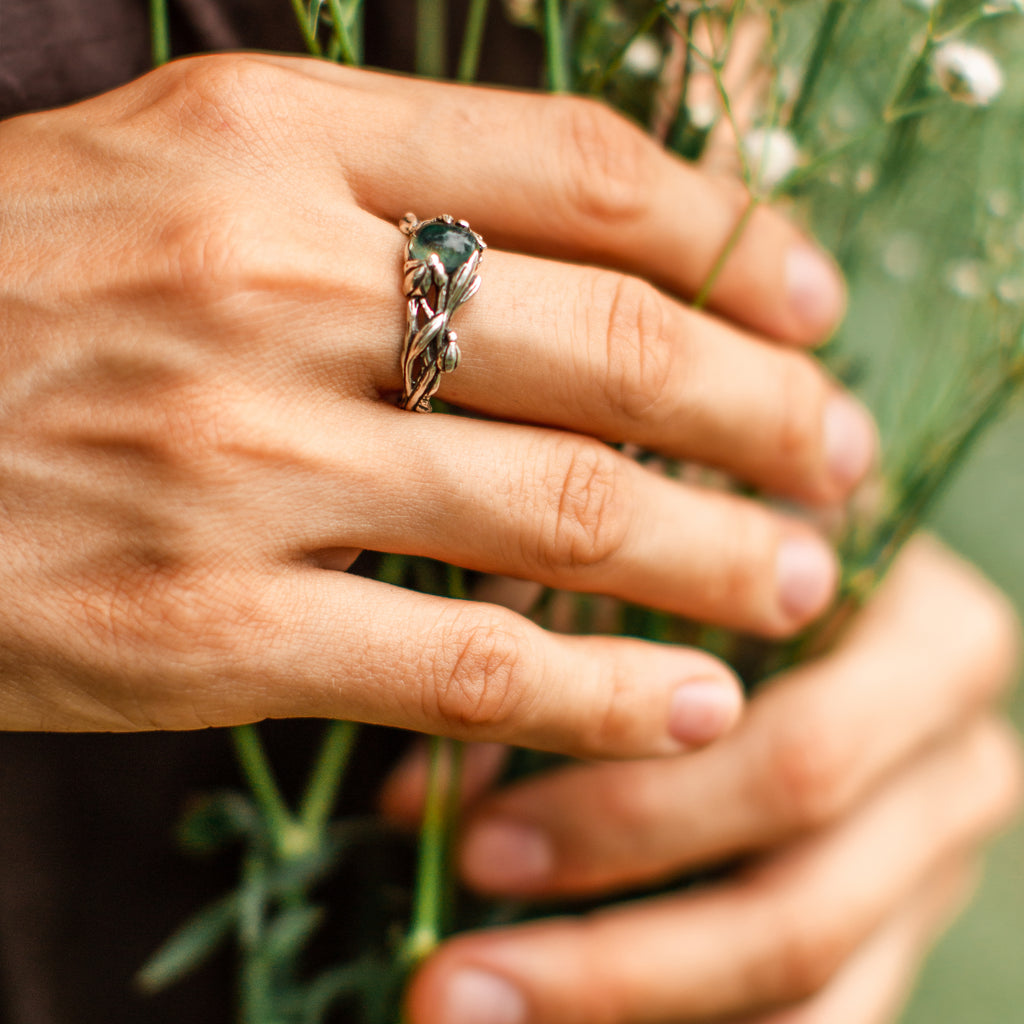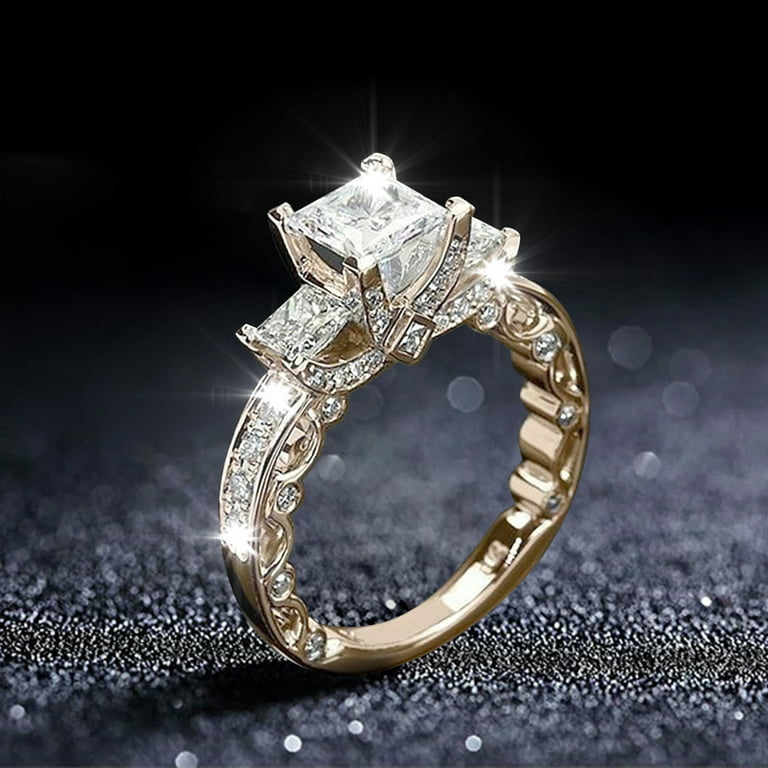The Ultimate Guide to Women's Rings: From Classic to Contemporary Designs
The Ultimate Guide to Women's Rings: From Classic to Contemporary Designs
Blog Article
Locating the Right Fit: A Guide to Sizing Women's Rings
Figuring out the correct size for women's rings is a nuanced process that extends beyond mere measurement. Proper sizing requires an understanding of various elements, including the technique of measurement, the style of the ring, and individual finger attributes. For example, the size of the band can dramatically affect the regarded fit, demanding changes based upon individual choices. As we explore the intricacies of this topic, it becomes evident that a comprehensive approach is essential to guarantee comfort and complete satisfaction. What considerations should you remember to accomplish the ideal fit?
Understanding Ring Dimensions
Understanding ring dimensions is essential for making sure a perfect fit, as even slight variations can dramatically impact convenience and wearability. Ring dimensions are usually represented by a numerical value that represents the circumference of the finger. This measurement is critical because a ring that is also limited can cause pain or limit blood flow, while one that is also loosened might slide off and end up being shed.
In numerous areas, ring dimensions are measured utilizing typical systems, such as the US system, which ranges from dimension 3 to size 13, with fifty percent and quarter sizes readily available for greater precision. On the other hand, various other nations may use different systems, such as the UK or European sizing, which can cause complication otherwise properly understood.

Just How to Measure Your Finger
To properly determine your ring dimension, it's vital to take precise dimensions of your finger. Begin by selecting a time when your hands are at a regular temperature; fingers can swell in warmth and shrink in chilly, impacting dimension.
For the most dependable dimension, you will require a flexible measuring tape or an item of string. If using string, ensure it's slim and mark the point where the string overlaps after covering it around the base of your desired ring finger. If making use of a measuring tape, wrap it around the exact same location, ensuring it fits comfortably however not also tight.

When you have your dimension, contrast the length to a ring size chart, which will generally convert millimeters to corresponding ring sizes. It's a good idea to determine both your non-dominant and leading hands, as they can vary in size. Additionally, think about measuring at various times of the day to guarantee consistency.
Recording your dimensions properly will assist you find the best fit for your ring, making sure comfort and design. Putting in the time to gauge properly can make all the difference in your ring-wearing experience.

Common Sizing Blunders
Precise finger dimensions are essential for selecting the ideal ring dimension, yet numerous individuals ignore usual sizing mistakes that can lead to ill-fitting rings. It is recommended to determine fingers when they are at their ordinary dimension, commonly in the evening when they are neither as well cozy neither as well cold.
An additional frequent oversight entails overlooking to represent the ring's size. Broader bands might call for a bigger dimension contrasted to narrower designs, as they can really feel tighter on the finger. In addition, people often forget to consider changes in weight or visit our website lifestyle that can affect finger size in time, resulting in a mismatch between the ring and the wearer's current measurements.
Lastly, relying solely on on-line ring dimension graphes without verifying measurements can result in errors. Ring sizes may differ by producer, and personal convenience is critical - womens rings. Requiring time to stay clear of these typical sizing errors ensures that the selected ring fits flawlessly and can be used easily for many years to come
Adjusting for Various Designs
When identifying the appropriate dimension,Lots of women may not understand that changing for various ring styles is crucial. Different layouts can considerably influence just how a ring fits, bring about prospective pain or even loss.
For example, broader bands tend to fit even more snugly than narrower ones. A large band can create a tighter feeling, necessitating a half or complete size boost for optimal convenience. Conversely, a fragile or thin band may really feel looser, which might pop over to this web-site suggest a smaller sized size.
Furthermore, rings with complex setups, such as those featuring multiple rocks, may call for a bigger size to fit the included mass and make sure a suitable fit. On the various other hand, adjustable rings or those with open styles can supply flexibility in sizing, enabling females to easily customize the fit.
In addition, the material of the ring can play a function. Metals like titanium and tungsten are less malleable than gold or silver, which might affect sizing choices.
Ultimately, understanding exactly how various designs influence fit is important for picking a ring that not just looks stunning but likewise really feels comfy throughout the day.
Tips for One-of-a-kind Finger Forms
Understanding how different styles impact fit is especially crucial for females with one-of-a-kind finger forms. People with wider knuckles or tapered fingers may find that conventional sizing techniques do not produce an excellent fit. It is essential to consider both the ring style and its layout components.
When picking rings, select broader Go Here bands, as they have a tendency to use more stability and can accommodate abnormalities in finger form. Furthermore, think about flexible or flexible designs, which provide adaptability and flexibility for different finger sizes.
Females with specifically narrow or wide fingers should additionally be conscious of the ring's profile. Rings with a mild domed form can create a complementary look, while those with sharp edges might feel unpleasant or pinch.
Constantly keep in mind to try rings on at various times of the day; fingers can swell because of warmth or exercise, affecting fit. If acquiring online, search for sellers that use generous return plans, enabling you to experiment with dimensions and styles without dedication.
Conclusion
Finally, choosing the appropriate dimension for women's rings requires careful factor to consider of measurement methods, design variations, and specific finger qualities. Exact measurements, incorporated with an understanding of how various ring widths can impact fit, are essential for attaining comfort and durability. In addition, understanding of possible sizing errors and modifications for unique finger forms further improves the suitable process. Ultimately, a thoughtful technique to call sizing can result in a satisfying and enduring choice.
It is also essential to think about that numerous variables can influence ring size, consisting of temperature, time of day, and individual finger shape.Once you have your dimension, contrast the size to a ring dimension graph, which will generally convert millimeters to matching ring sizes.Precise finger measurements are important for choosing the best ring size, yet numerous individuals neglect common sizing mistakes that can lead to uncomfortable rings. In addition, people often forget to consider changes in weight or way of living that can influence finger dimension over time, leading to an inequality between the ring and the wearer's current dimensions.
In verdict, picking the proper size for women's rings necessitates careful consideration of measurement techniques, design variants, and individual finger qualities.
Report this page